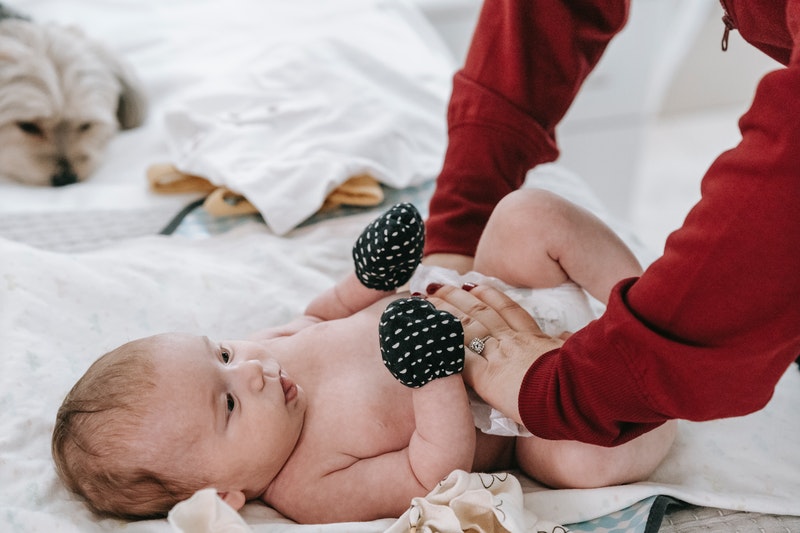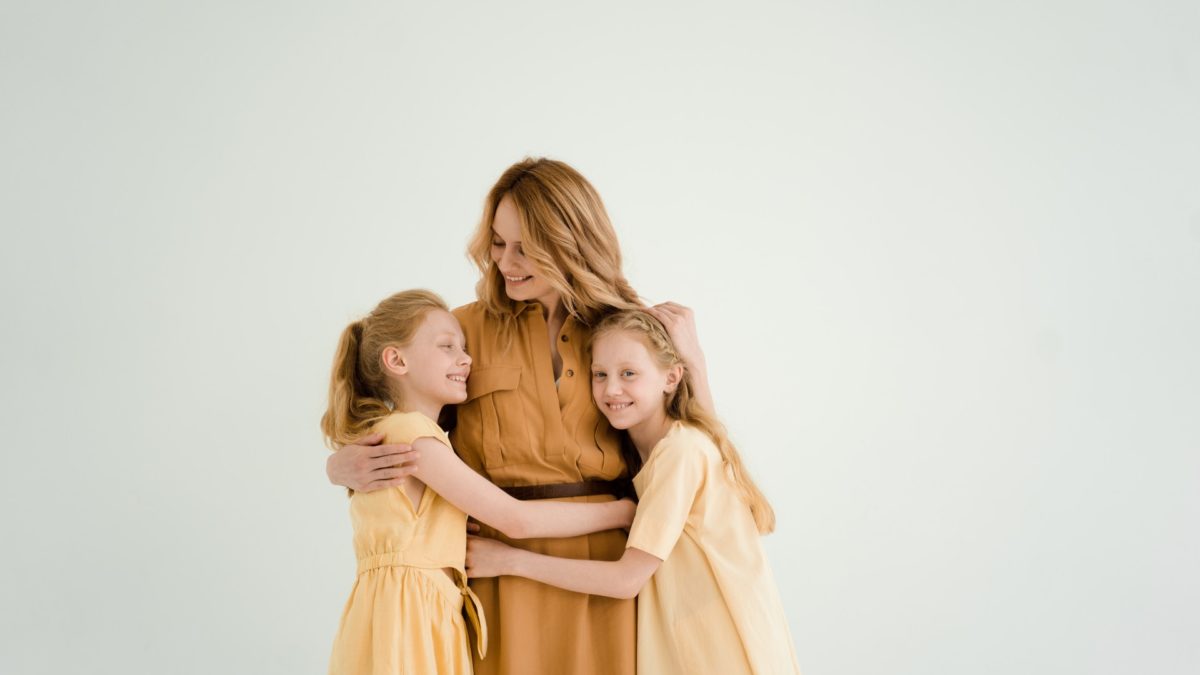These child safety tips are what experts use to prevent sexual abuse and help children understand consent.
Perhaps it was the Royal Commission into Institutional Responses to Child Sexual Abuse that allowed for more open discussions. Before that, all we had were whispers, or sometimes sensational news headlines, of young people being exposed to predatory behaviour; of children falling victim to sexual offences (often by adults, but not always so).
Then there was the #MeToo movement. People (mostly women, but not always so) around the world found their voice to speak up against sexual abuse and harassment.
Despite some botched attempts, as a society, we started paying more attention to keeping our children safe and teaching them to understand consent.
Where we’ve gone wrong however, is that for more than half of Australian parents, we’re too late. By the time we get around to teaching children about consent, in some instances, our kids have already faced the risks or experienced significant harm.
What the data says about child safety
Children under five are more likely to be cared for by different adults, especially in relation to child care settings. They are also the ones who are least likely to effectively communicate that they are in immediate danger.
Data from child protection agency Act for Kids reveal that the concept of bodily autonomy continues to be misunderstood. Sixty-nine per cent of Australians believe that adults shouldn’t have to ask children for permission before they touch them.
“Children under five are particularly vulnerable if they don’t understand what’s okay in terms of what’s private for them and what’s not,” says Miranda Bain, a psychologist currently managing therapy services for Act for Kids.
“If we think about providing care to a person with a disability and they’re an adult, we wouldn’t just go in and take their clothes off without asking for permission.”
Relevant: Cyber safety: Keeping your children safe from predators
To ensure our children will raise the alarm if anything untoward does happen, they need to learn from an early age that their bodies are their own. “While certain trusted adults will touch parts of their body for bathing, hygiene and toileting, it’s not something that any adult can do,” says Miranda. “It’s about helping them discern what’s public and what’s private.”
Without it, the problem is two-fold:
1. Young children are at immediate risk of experiencing child abuse simply because they haven’t learned to recognise it. All it would have taken were three simple things, as you’ll read later.
2. When these children grow up, they are ill-equipped and ill-informed. This makes it harder for parents to talk to them about sex and consent.
What child safety is not

If by now, you’re thinking back to the previous news articles calling for parents to ask their baby’s permission before changing their nappy, Miranda is quick to point out while the reasons are sound, the messaging has been misconstrued.
“Babies who are non-verbal can’t say yes,” she laughs, “but parents can ask their toddlers if they need their nappy changed. We got too caught up in the fact that children can say no to having their nappy changed when in fact, we have to, or there would be child protection concerns.
“The actual message to focus on is that we cannot assume any adult can touch a child. Children have the same rights that we do. If children are used to, from an early age, to expect a conversation before they are touched, that helps to inform them when they’re engaging in dating and sexual relationships as they’re older.”
It’s also important that this information is taught equally to both boys and girls.
Three simple things to ensure child safety
When it comes to keeping our children safe, Miranda emphasises three simple things to focus on. If taught from an early age, it will help them to understand consent as they go through school and the world.
1. Use the correct anatomical terms
Talking about their vagina or penis should be as comfortable as talking about any other body part, like an arm or a leg.
“It’s important to anchor in the proper terminology for children,” says Miranda. That way if something untoward does happen, there are no misunderstandings.
Miranda cites an example of a perpetrator who had used the term “tractor” for penis. The child victim then told his mum someone was playing with his tractor and he did not like it. Sadly, instead of alarm bells ringing, the mum initiated a conversation about sharing.
“Research has shown it’s a protective factor when children know the proper terms.”
Miranda
“Perpetrators are more likely to target children who are less clear about their body knowledge. And as perpetrators are often within the family social circle or known to them in some way, they have the opportunity to see how things are talked or not talked about.”
To teach the proper terms, Miranda says it can happen from infancy. When you’re changing them or giving them a bath, you can say things like “I’m going to lift you up now and wipe your vagina” or “Let’s give your penis a wash”.
2. Give them the opportunity to say no—and respect it
As part of empowering children to know that they can say no, Miranda suggests respecting that children may not want to kiss or hug someone (even Grandma). “Give them a choice: Do you want to blow Grandma a kiss? Give her a high five? But it’s their choice,” Miranda emphasises.
To avoid any awkwardness, Miranda suggests addressing the issue with the rest of the family first. Family members can then have the opportunity to ask questions and be assured of the motives.
“Explain to them you’re trying to prevent child sexual abuse—not from them, but having the child aware they can make choices. What is modelled in a safe environment is the child safe standard that will be maintained when the child is with other people,” says Miranda.
With Christmas around the corner, Miranda also reminds parents to respect a child who doesn’t want to sit on Santa’s knee for the quintessential family Christmas photo.
“If kids say no, that they don’t want something to happen that involves their body, and other adults say, ‘Too bad, that’s what’s going to happen,’ it unintentionally gives them the message that they don’t have authority over their bodies,” says Miranda.
As they get older, Miranda suggests letting them know that there is a United Nations convention on the rights of the child. This means they have the right to say what they think should happen when adults are making decisions that affect them—and that includes their bodies (Article 12).
3. Have the conversation—often
Create a safe environment for your child so they know they can talk to you about anything that worries them.
Teaching our children about consent also should not be relegated as a one-off task. It’s a constant conversation that comes up as the situation calls for it.
“Biting and hitting are also examples of touching without asking, and so parents can always take real-life opportunities to remind children about consent.”
When to ignore the child safety tips
Miranda also recognises there are times when it would appear children shouldn’t be given the opportunity to say no. Instances such as when they need to be bathed, put in a car seat or placed in their high chair.
“In those circumstances when it involves safety, take a deep breath and try to explain to them the reason behind the activity they’re doing,” suggests Miranda. “Things like ‘We keep you safe by clicking this belt.'”
As Miranda repeatedly emphasises, keeping our children safe is all about giving them the ability to say no to what’s wrong, and the understanding to recognise what’s right without railroading them.
How helpful was this article?
Click on a star to rate it!
5 / 5. 2
Be the first to rate this post!
Melody Tan
Related posts
Subscribe
Receive personalised articles from experts and wellness inspiration weekly!

